Call or Text
801-438-479310 Tips To Shrink Your Energy Bill
September 15, 2015
The average U.S. household spends up to $2,100 each year to heat, cool, and illuminate their homes. Up to half of the energy used in your home goes to these three basic needs but by making a few small changes you can reduce your utility bill dramatically. The reason for putting these tips into action is clear, your hard earned money should not go to waste on bills.
1. Insulate water heaters and pipes.
Covering the water heater with an insulated blanket can help retain heat so the unit uses
less energy to heat water. Foam and rubber insulation keeps cool pipes from sweating in
the summer and reduces heat-loss from hot water flow in the winter.
2. Replace furnace air filters often.
A dirty air filter can make your furnace work harder and use more energy. Replace the
filter every two to three months.
3. Seal and clean air ducts.
Keep your air ducts clean to improve air-flow and reduce stress on your furnace and
central air conditioner. Keeping air in the ducts until it reaches its destination will keep your furnace from working too much.
4. Upgrade your thermostat.
A programmable thermostat can save you over $100 a year on your energy bill.
5. Purchase ENERGY STAR appliances.
Refrigerators, televisions, stoves, washers, dryers, dishwashers, and air conditioners
with this designation can save you a significant amount each month in energy bills. Start by replacing your oldest, least-efficient appliances first, before they have a major problem.
6. Install low-flow toilets and shower heads.
Toilets consume up to 40% of a home’s average water use. Using low-flow toilets can
save more than 9,000 gallons of water a year. A low-flow showerhead only uses 1.5 gallons per minute while most conventional showerheads use 5 gallons per minute.
7. Close the vents in the rooms you use less frequently in your house.
The vents located in bedrooms that are no frequently used like guest bedrooms and lofts
are best to close when not in use to keep air-flow to the mainly occupied rooms.
8. Install ceiling fans.
During summer ceiling fans can be a more efficient way to cool down room, usually
quicker than air conditioners. During winter the blades on the fan can turn in the opposite direction to force the heat down from the ceiling to heat up a room.
9. Replace incandescent bulbs with compact fluorescent lamps (CFLs)or light-emitting diods (LEDs).
CFLs can last 10 times longer than incandescent bulbs and use 75% less energy. LED
bulbs are mercury-free and may last three to five times as long as CFLs.
10. Seal doors and windows.
Install door sweeps at the bottom of your front and back doors to keep heat from
escaping. Remove old window caulk and apply a fresh layer to retain heat in your home.
Make sure you take advantage of the tax incentives available for energy-efficient home improvements that are available through the federal government. Recent increases in incentives now allow for up to 30% of the cost of home improvements — like new windows, insulation, heating, or air conditioning — to an existing home to a maximum of $1,500. That’s money back in your pocket in addition to your power bill savings!
Have any questions or simply want help making your home more energy efficient?
Schedule a free estimate today!
Recent News
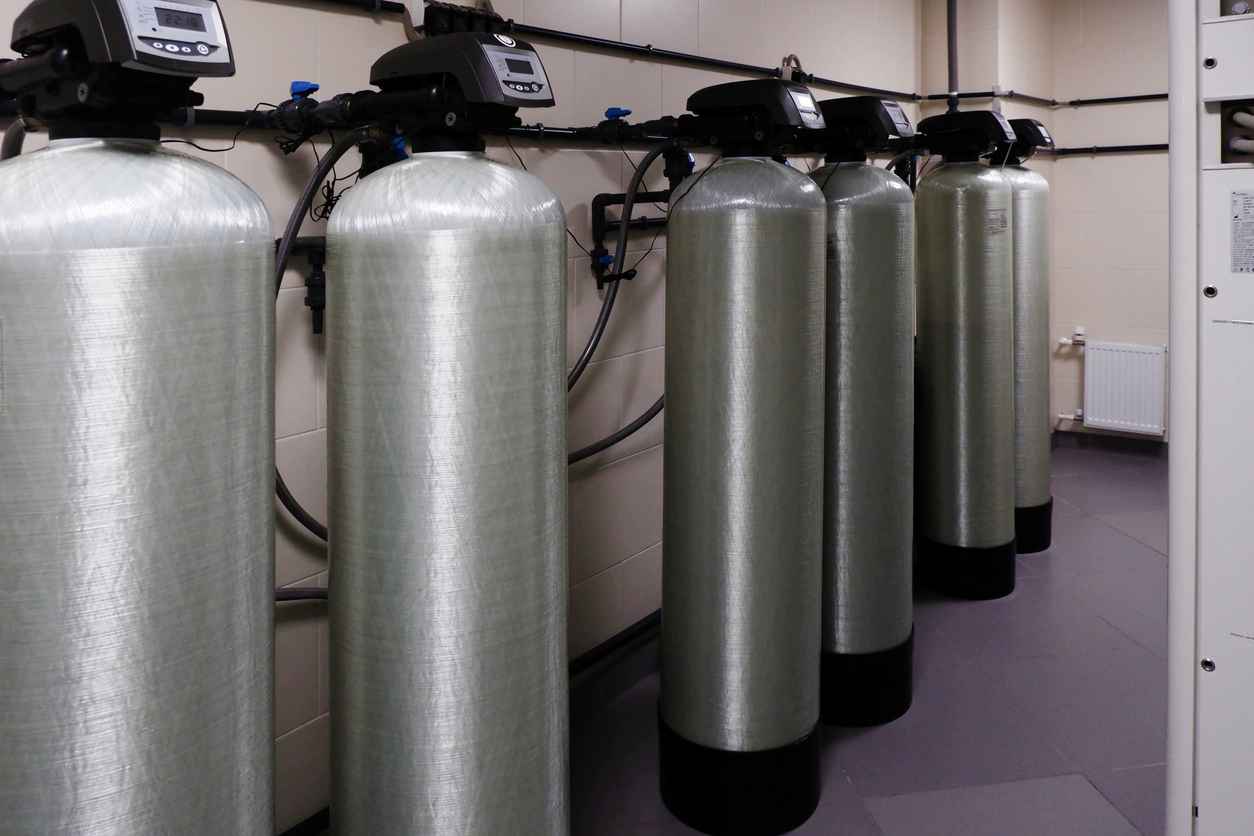
Do You Need a Water Softener? How to Tell & How You Benefit
May 29, 2025
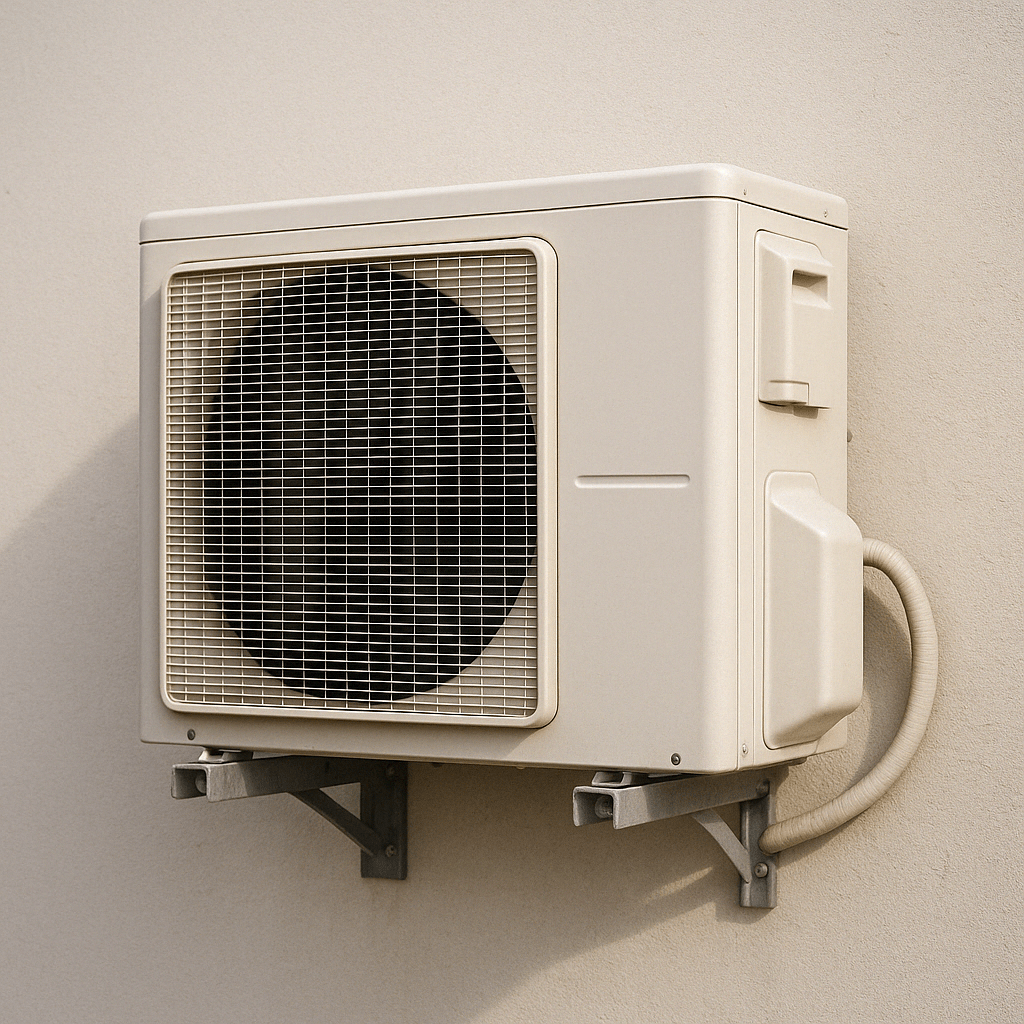
Get Your Air Conditioner Ready for the Summer with Superior Water & Air
April 21, 2025
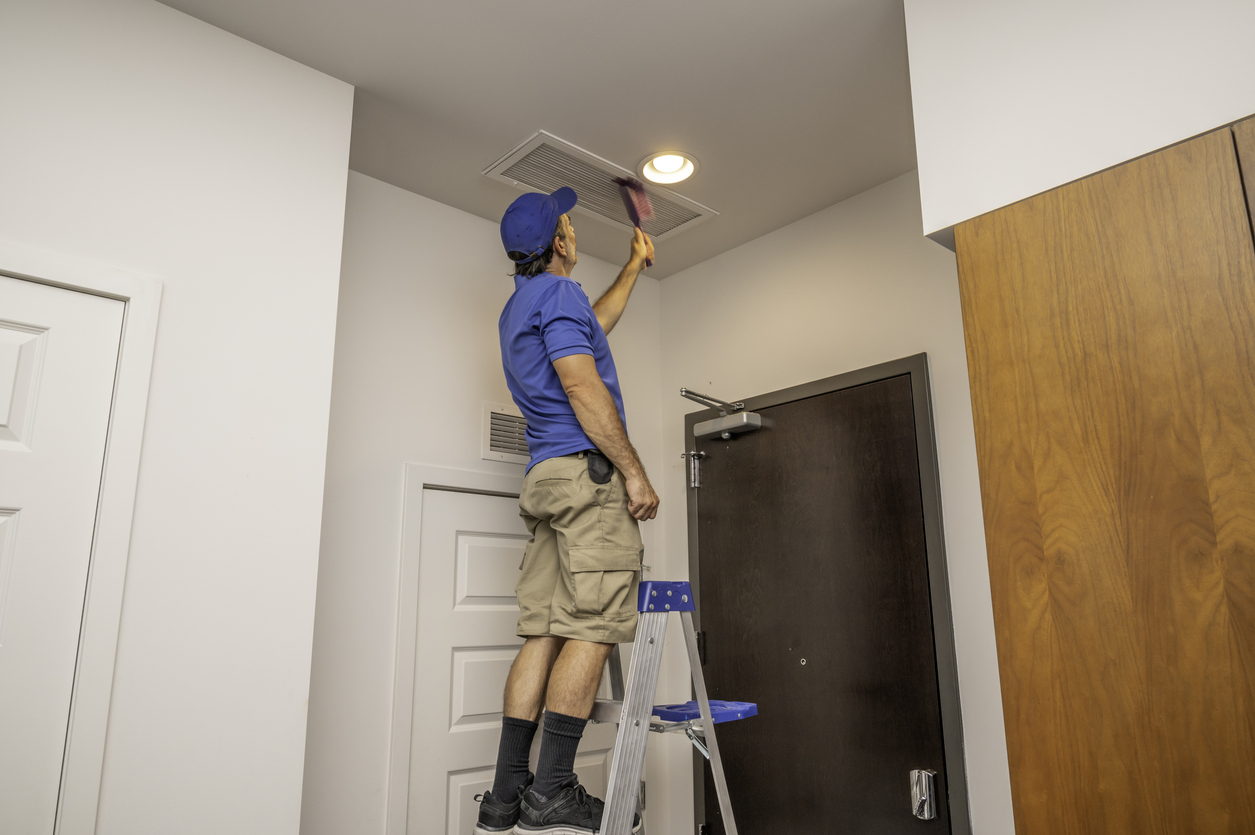
Why You Need the Air Ducts Cleaned in Your Home: Benefits & More
April 3, 2025
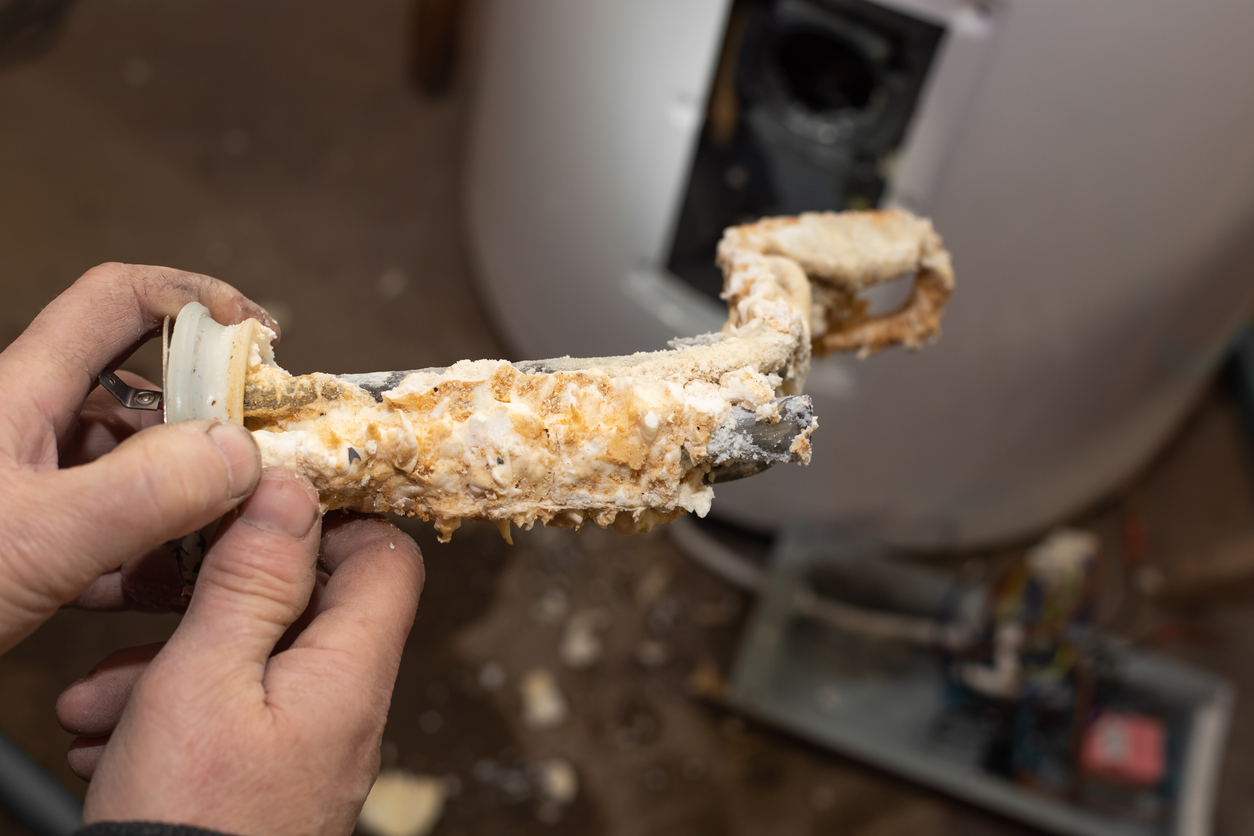
How to Determine Water Hardness & Treat Effectively
February 25, 2025
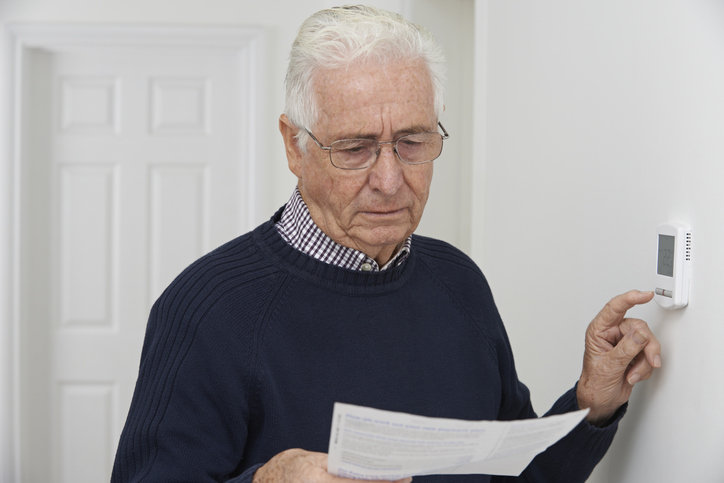
How to Save On Your Heating Bill During Winter
February 10, 2025
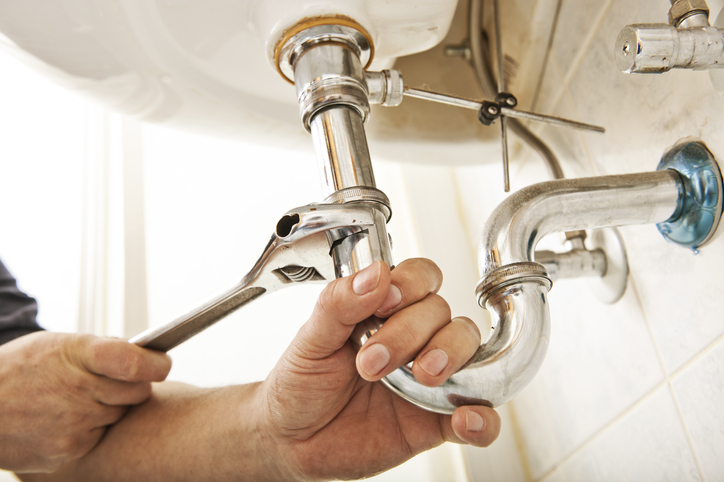
Cost Savings with Proper HVAC and Plumbing Systems in Winter
December 9, 2024

